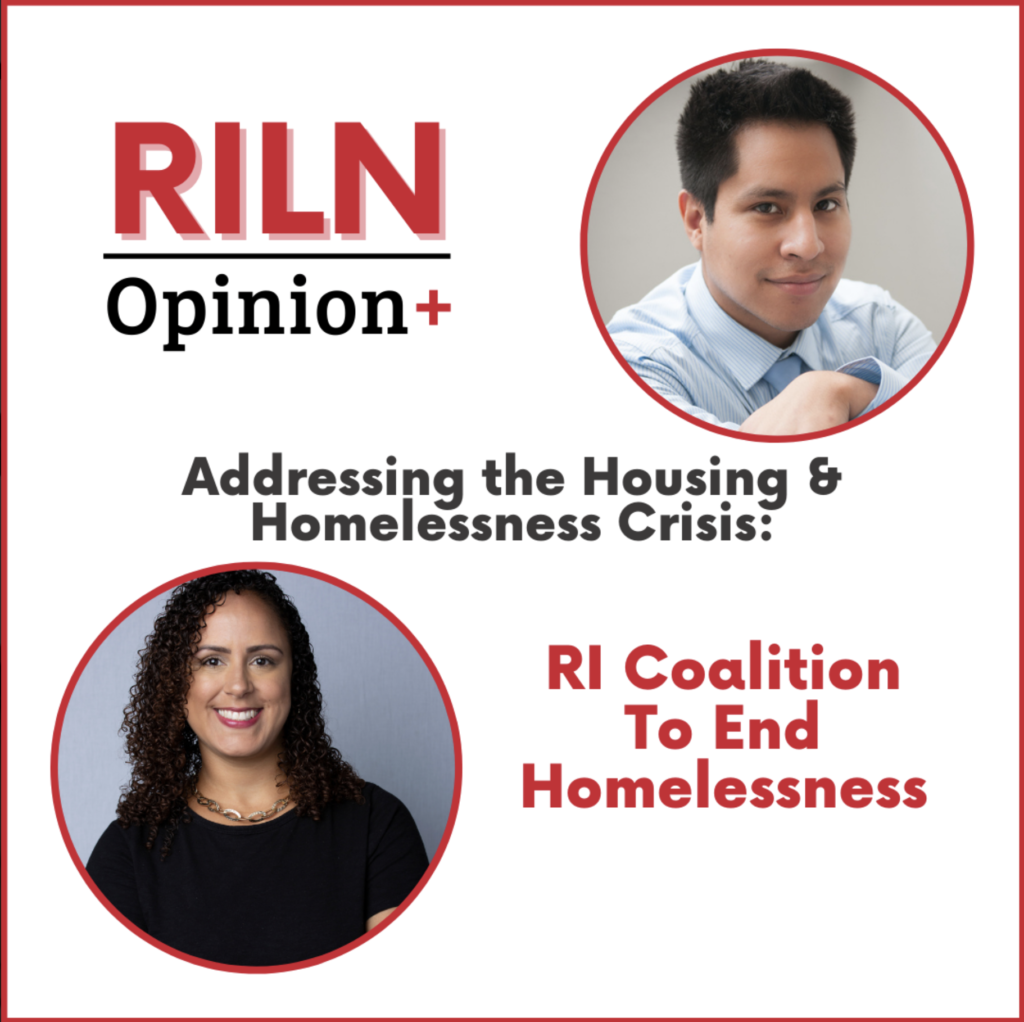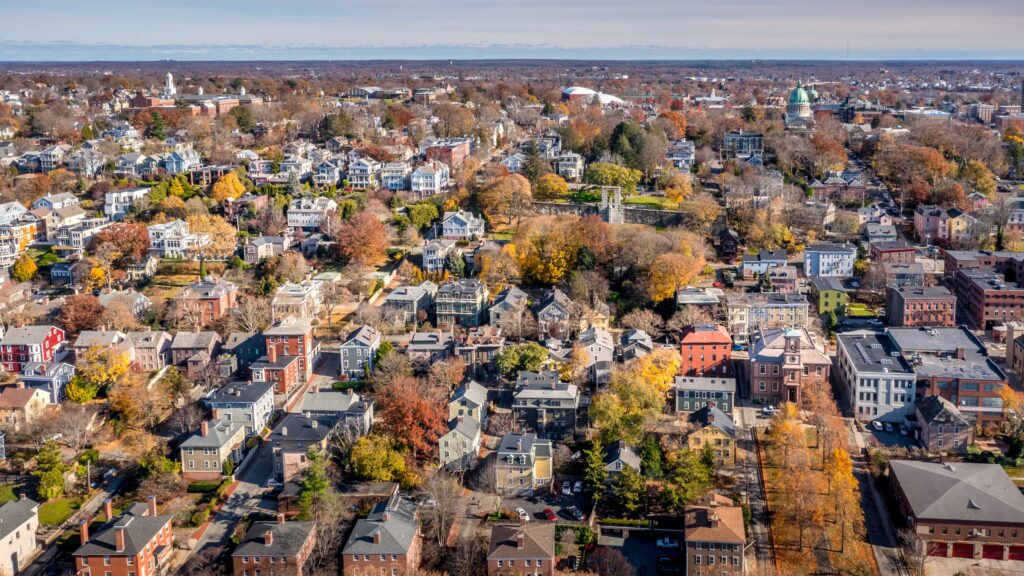RI Latino News produces stories focused on the responses to the social determinants of health. Economic stability means that people have the resources essential to a healthy life. Factors affecting economic stability include affordable housing; employment that provides a living wage; things that support employment, like worker protections, paid sick leave, and child care; and access to reliable transportation.
The state’s winter shelter strategy to support unhoused residents is underway as the Housing Department sends out requests to towns and cities this month for pop-up municipal hubs that would be reserved for people experiencing homelessness and people who lost their power amid extreme winter weather.
The core of Governor Dan McKee’s plan, unveiled on Oct. 6, looks to expand temporary shelter capacity by 30 percent compared to last winter and collaborate with community partners to expand available resources.
While the state looks to add 318 beds across the state to reach a total of 1,370 beds by January, about 1,661 Rhode Island residents currently seek shelter in the state’s system, according to recent data published by the Rhode Island Coalition To End Homelessness.
As of this month, The RI Coalition To End Homelessness is collecting data from 45 organizations for the state’s Homeless Management & Information System (HMIS) that looks to shed light on residents’ experiences with homelessness and related resources.
The collected data has shown that within Rhode Island’s unhoused population, residents of color—particularly Black and Brown families—are overrepresented.
Hispanics/Latinos make up 17.6 percent of the state’s total population while 22 percent of clients served by the RI Coalition To End Homelessness in 2022 identified as Hispanic or Latino. The same year, about 25.6 percent of the Coalition’s clients were Black, African American, or African although they represent 9.1 percent of the state’s total population.
SUGGESTION: RI Opinion+: Juan Espinoza and Melissa Cruz

Just last month, the Washington Trust agreed to a $9-million settlement over allegations that the Westerly-based bank engaged in practices such as “redlining” that discriminated against Black and Hispanic residents seeking mortgages across the state between 2016 and 2021.
While HousingWorks RI’s 2023 Housing Fact Book found that 37 percent of Black and 39 percent of Hispanic homeowners are cost-burdened compared to 26 percent of white homeowners.
In the meantime, cities and towns across the state continue to forcibly clear out homeless encampments, displacing or arresting individuals who are experiencing homelessness and often throwing away their belongings.
Officials state that these unhoused residents have been offered shelter but service providers and advocates point out the insufficient number of available beds. About 632 people were on the waiting list for shelter beds as of Oct. 4, according to data released by the Rhode Island Coalition To End Homelessness.
Shelter capacity across the state has steadily increased over the past several years but data shows that the number of unhoused residents continually outpaces the number of beds available. Service providers and advocates for unhoused individuals continue to call for long-term solutions to the escalating homelessness crisis.
“We have this incredibly well-funded system that can’t do its job because we don’t have apartments to put people in,” Rhode Island Homeless Advocacy Project Director Eric Hirsch told the Providence Journal. “We can’t find sites for new ones, either, for the same reason we can’t find shelter beds. People don’t want very low-income people in their communities.”
The Housing Department has turned to vacant retail stores, state properties, churches, and schools for additional shelter space. At the Oct. 6 meeting, Housing Secretary Stefan Pryor shared that the state has reached a preliminary agreement to convert the former Charlesgate nursing home into a family shelter.
“Where we can acquire property and achieve cost savings over the longer term, we should. This is the first but not the last example as we do this under the Governor’s program, ” Pryor said. “We’ll seek to convert emergency shelter as we grow the overall system of shelter and housing to permanent housing.”
Publisher’s Note: This story is an aggregate from NBC 10 News and The Providence Journal.




